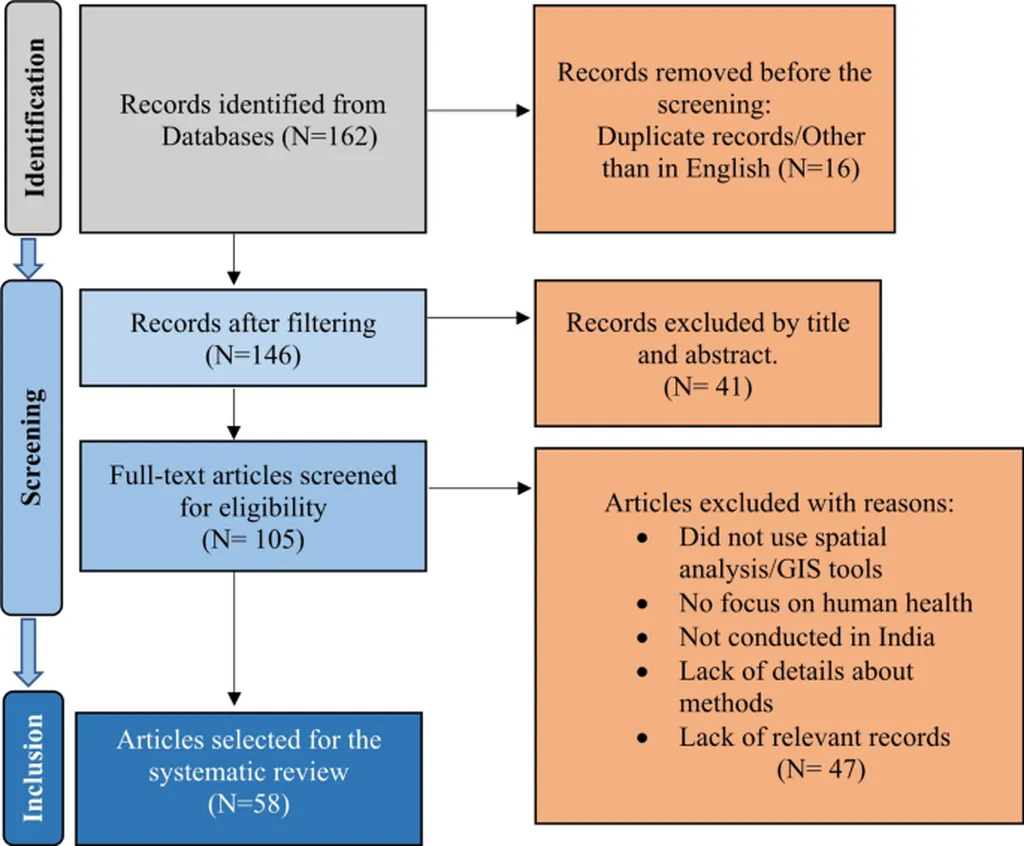In the heart of Punjab, India, a groundbreaking study is shedding light on the stark disparities in healthcare infrastructure, offering a roadmap for equitable development that could resonate far beyond the medical sector. Led by Adyan Ul Haq from the Department of Geography at the Central University of Punjab, this research leverages cutting-edge Geographic Information Systems (GIS) to expose the uneven distribution of healthcare services in Bathinda district, a region teeming with potential but hindered by inadequate infrastructure.
The study, published in *Discover Geoscience* (which translates to *Explore Earth Science*), reveals a troubling reality: 46% of the 281 villages in Bathinda district lack access to even basic healthcare facilities. This disparity isn’t just a medical issue—it’s a call to action for policymakers, urban planners, and even the energy sector, which plays a crucial role in powering healthcare infrastructure.
“Our analysis shows that while some areas meet the norms for Community Health Centers (CHCs), they fall short in providing SubCenters (SCs) and Primary Health Centers (PHCs),” Haq explains. “This uneven resource allocation highlights the need for targeted interventions to bridge these gaps.”
The research employs advanced spatial analysis techniques, including average nearest neighbor analysis, equal weighted overlay approaches, Euclidean distance, and kernel density estimation. These methods identify significant spatial patterns and accessibility gaps, providing a data-driven approach to prioritizing underserved areas.
The findings are a wake-up call for policymakers, urging them to expand infrastructure, boost local healthcare capacity, and introduce mobile units to reach remote areas. Enhancing transportation and leveraging geospatial monitoring are also recommended to improve service delivery.
But what does this mean for the energy sector? As healthcare infrastructure expands, so does the demand for reliable energy sources. Solar-powered medical facilities, for instance, could be a game-changer in remote areas, reducing dependency on grid electricity and ensuring uninterrupted service. The study’s insights could drive investments in renewable energy projects tailored to support healthcare initiatives, creating a symbiotic relationship between the two sectors.
Moreover, the research underscores the importance of fair resource allocation, a principle that could extend to energy distribution. As the energy sector strives to meet the growing demands of various industries, understanding spatial disparities and prioritizing underserved areas could lead to more equitable and sustainable development.
This study is more than just a geographical analysis; it’s a blueprint for equitable development. By addressing healthcare disparities, we can pave the way for a healthier, more productive population, ultimately driving economic growth and innovation. As Haq puts it, “This is not just about building hospitals; it’s about building a healthier future.”
The implications of this research are far-reaching, offering a model for other regions grappling with similar challenges. As we look to the future, the integration of GIS technology in urban planning and resource allocation could revolutionize how we approach development, ensuring that no community is left behind. The energy sector, in particular, has a unique opportunity to leverage these insights, driving investments that power not just facilities, but progress.

